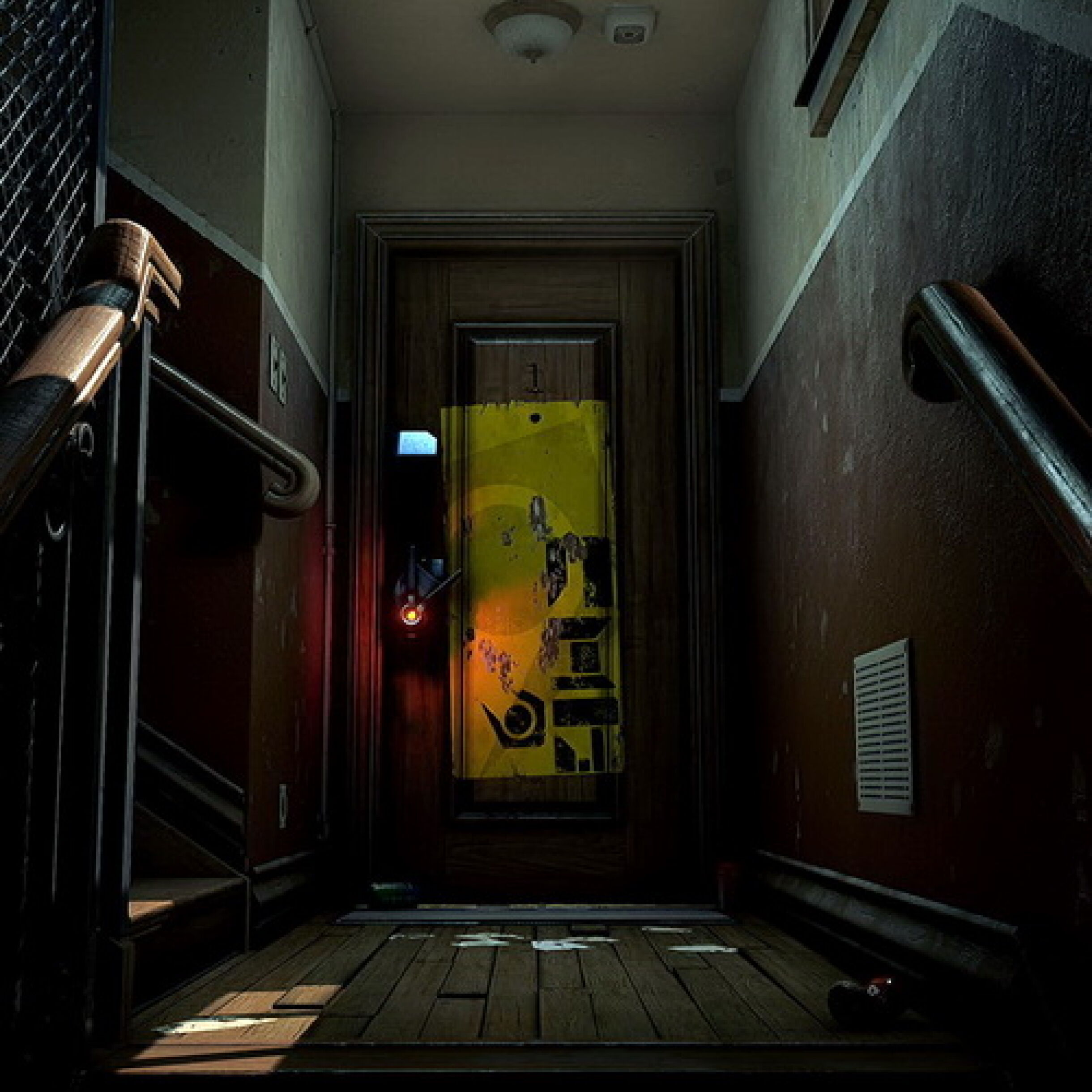
PhysX has been used in Unity for over a decade now, and is used in Boneworks (it was the only option available when Boneworks development began). In this talk Valve’s Sergiy Migdalskiy explains that Rubikon has been in development since 2012, and serves as the replacement for Havok. It was first unveiled at GDC 2014, six years ago, during a talk titled ‘Physics for Game Programmers’. But the Rubikon physics engine built into Source 2 is even more interesting for VR. Source 2 is a Vulkan-based engine which allows for the impressive visuals seen in Alyx. Half-Life: Alyx uses Source 2, the successor to Source first used in Dota 2, also used in SteamVR Home and the Robot Repair scene in The Lab.

But while the game represented a major leap forward in the implementation of physics, the physics engine used was a third party solution called Havok (which over the next decade became the most popular physics middleware). Half-Life 2 and its ‘episodes’ used Valve’s new (at the time in 2004) Source game engine. Instead this is handed off to a third party physics engine which is often pre-integrated.

Games are built using game engines, but the majority of game engines do not handle physics internally. That smoothness may point to a related Valve project in the works for at least 8 years: a custom, in-house physics engine called Rubikon, and that engine could point to Valve’s next steps in VR. In particular, though, we’ve noted a general smoothness to the handling of multiple objects in the new Half-Life game that puts a spotlight on Valve’s forthcoming Source 2 toolset. While Half-Life: Alyx avoids melee combat, the project showcases the same kind of compelling physics interactions as the Walking Dead and Boneworks. For more on why these mechanics are compelling and represent the future of VR, I recommend reading Jamie’s article Getting To Grips: Boneworks & The Walking Dead Prove The Future Of VR Gaming Is In Physics And Interaction. Virtual environments are now becoming more interactive, leveraging the unique gameplay capabilities that VR with positionally tracked controllers enables. Physics-based interactions have become an expected feature of major VR titles after games such as Boneworks and The Walking Dead Saints & Sinners.

Half-Life: Alyx features polished physics interactions that may represent one of Valve’s not-so-secret weapons.


 0 kommentar(er)
0 kommentar(er)
